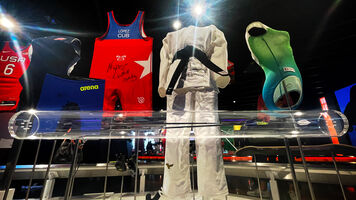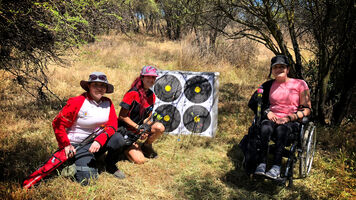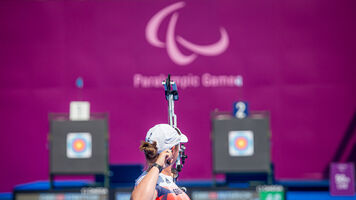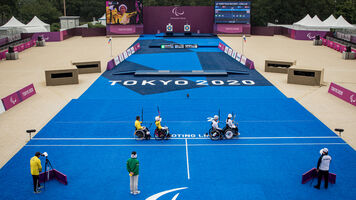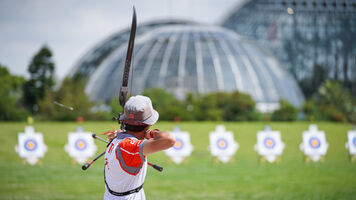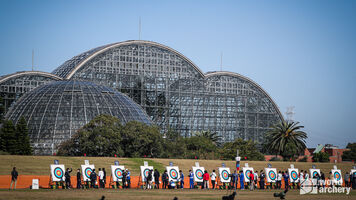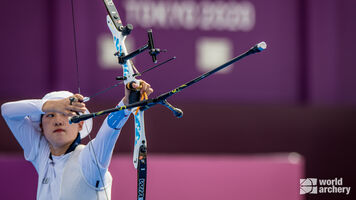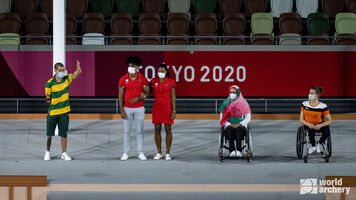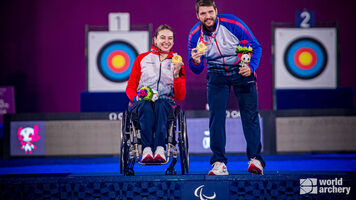Archery classification at the Paralympic Games explained
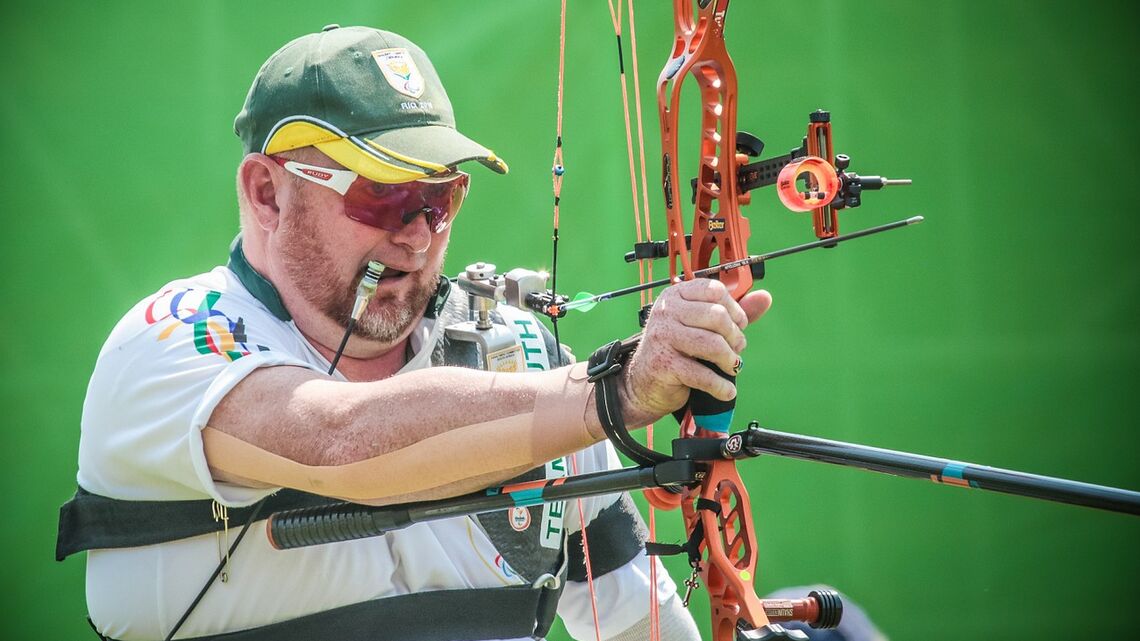
Archers at the Paralympic Games come in different shapes and sizes – and types and levels of physical impairment.
Classification serves two basic purposes.
Firstly, it groups para athletes into competition classes in which they compete against other athletes with a similar level of impairment. Secondly, it defines what, if any, special assistive devices they can use at a tournament.
(Assistive devices include things like wheelchairs and stools, specialised releases or foot blocks, which the archers can also use when competing in able-bodied events.)
Compared to other sports, archery’s classification is relatively simple. There are only two categories: W1 and open.
Archers classified as open are usually the least impaired – though still reaching the minimum level to qualify as a para archer – and compete using either recurve or compound bows under almost exactly the same rules as able-bodied athletes.
Archers classified as W1 are usually more impaired and there are special rules about the equipment they can use.
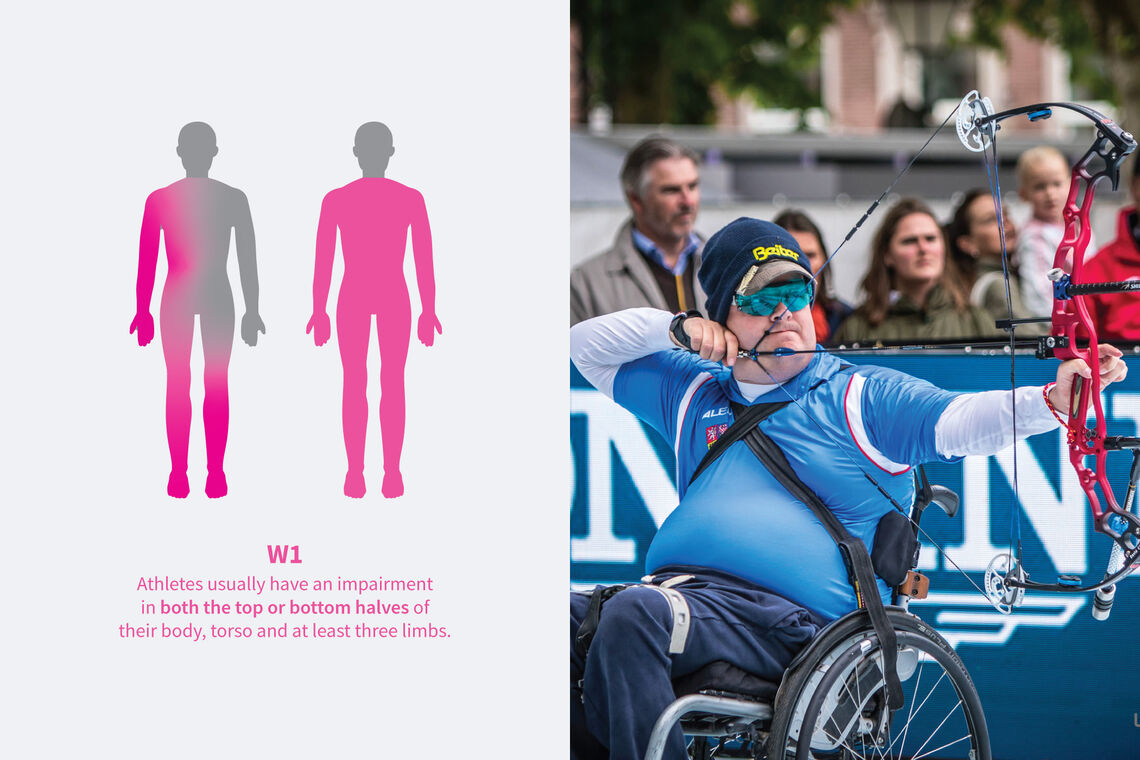
W1
Athletes classified as W1 usually have an impairment in the top and bottom halves of their bodies, torso and at least three limbs.
Many of the archers competing in this category in Tokyo will be paraplegic and cannot feel their bodies from the waist down. Stability is key to archery, and it is often the biggest challenge for athletes classified as W1.
It’s for this reason that W1 archers are allowed to be strapped into their wheelchairs, while open classified athletes are not.
The equipment rules are also unique for the W1 category. Archers may use either recurve or compound bows but must have a peak draw weight of no more than 45lbs. Peep sights, magnified lens and levelling bubbles are all banned.
Some W1 athletes will also have an assistant to help them load the bow.
Among the most successful archers in the W1 division is the Czech Republic’s David Drahoninsky, the winner of the 2008 Paralympics in Beijing, who is set to compete at his fourth Games in Tokyo.
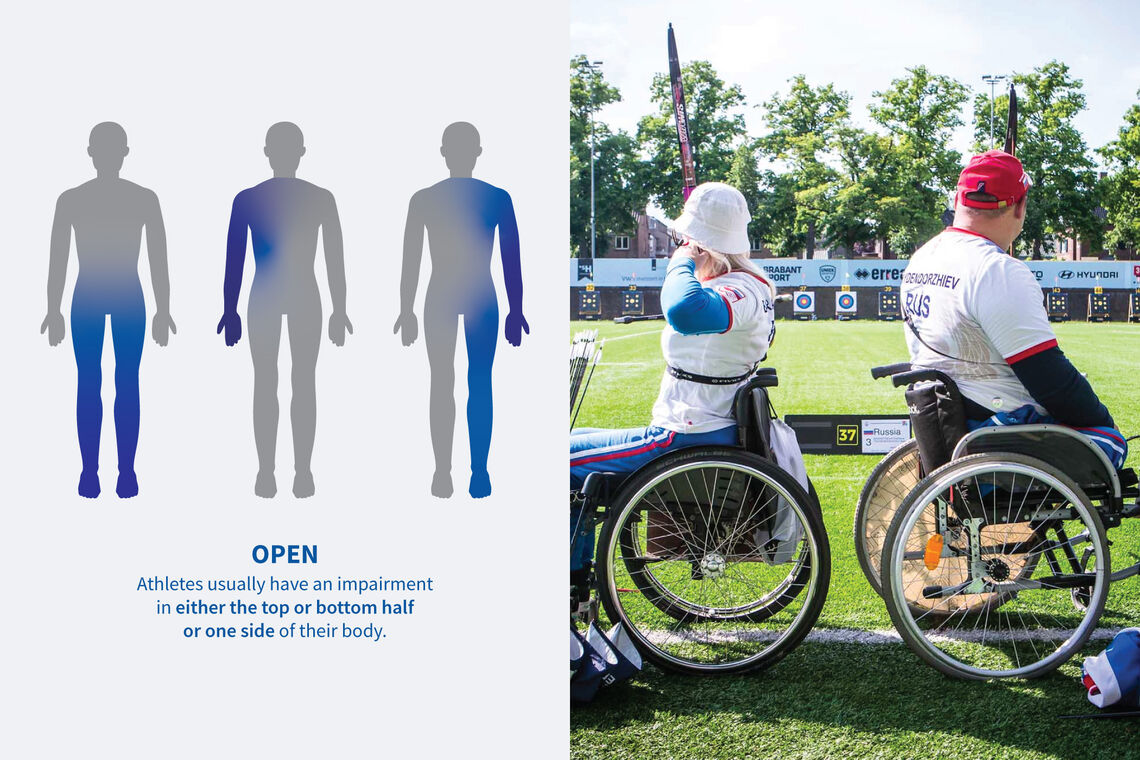
Open
Athletes classified as open usually have an impairment in either the top or bottom half or one side of their bodies.
This manifests itself in contrasting ways on the shooting line. Many archers use a wheelchair but are mobile in the top half of their bodies, while one very famous para archer – Matt Stutzman – was born without arms, so he shoots with his legs.
Matt is the only archer to do so who has made it to the Paralympics.
We’ll also see open archers in Tokyo who have one arm, like Eric Bennett, who pulls back his recurve bow with his teeth (and, interestingly, uses an arrow rest from a compound bow because of this).
There are two categories for open archers – one for those shooting recurves and one for those shooting compounds.
The equipment rules for both are identical to able-bodied competition.
Archers classified as W1 can choose to compete in the open events, should they reach the required performance level, as they exceed the required level of impairment.
How does it work?
The process of assigning an athlete an international classification is carried out by trained classifiers.
There’s a defined list of conditions, decided by the International Paralympic Committee, that an athlete must have to be eligible for para competition. The classification process ensures that those competing all have at least a similar minimum level of impairment.
It’s possible for an archer to not receive a para classification but to be allowed to use an assistive device – like a stool or custom release aid – in all forms of competition.
Fundamentally, the system aims to create a fair playing field.
Why does it matter?
Understanding classification helps to understand the two categories – W1 and open – and why archers who may appear different are competing together.
But after that, it’s all about the sport.
No matter the impairment or classification, all the para archers in Tokyo have the same goal, with each and every arrow. And that’s hitting the middle of the target.


